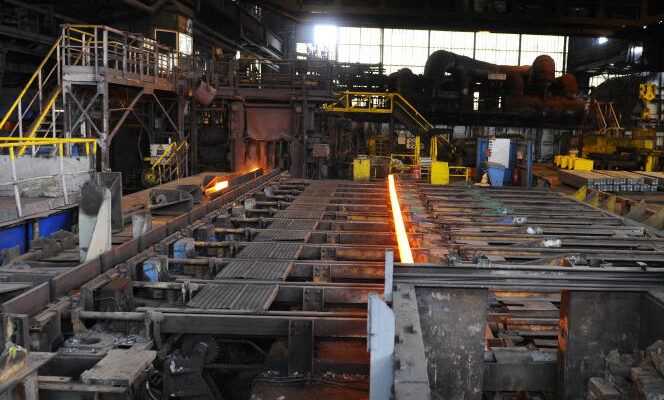170 million euros of investment, 500 jobs created in the long term in the sectors of logistics, green energy production and research. By unveiling its reconversion project for the northern part of the former Talange-Hagondange steelworks (Moselle), the Alsatian group Beck has given hope to the employment area.
However, in the aisles of the Friday market in Hagondange, there is no euphoria. As often, here, “We are waiting to see”.
In Lorraine, the reconversion of industrial wastelands has been a challenge that has occupied elected officials and officials for a good fifty years. In this adventure, there were many mirages and dashed hopes. In this respect, the site of the Talange-Hagondange steelworks is emblematic. Built by the industrialist Thyssen at the beginning of the 20th centurye century, the steelworks was the most important in Europe. Specializing in long products, it was one of the many cathedrals that outlined the skyline of Texas in Lorraine.
“In the early 1980s, it was the first plant of this size to close in France, remembers the mayor of Talange, the former senator Patrick Abate (French Communist Party). At the time, it was not necessarily a social shock because the steel industry had put a lot of money into advantageous departure arrangements. On the other hand, the psychological shock was violent. This first closure was a symbol. “
“This park had aroused such hope”
The Mitterrandian welfare state then promises a powerful intervention to offer a retraining. The chosen project does not come out of the mind of an enarch or a polytechnician. But the imagination of two Hayange traders who dream of setting up a French-style Disneyland here. Tens of millions of francs are then released, large public companies mobilized. It is the birth of one of the first large amusement parks in France, Big Bang Smurf, inaugurated on May 9, 1989… And bankrupt only two years later!
What was to be the symbol of industrial reconversion actually illustrated the difficulties that were looming in this area.
Since then, the park has changed its name and owners several times, never approaching the target of 1.8 million visitors and 1,000 direct jobs promised. In 2019, before the Covid-19 health crisis, barely 300,000 people visited the complex, renamed Walygator Grand-Est. “This park had aroused such hope, remembers Patrick Abate. I remember discussions with colleagues during which we wondered whether we should not widen the spaces in our parking lots, to be able to accommodate the large cars of the Americans… ”
You have 55.2% of this article to read. The rest is for subscribers only.
